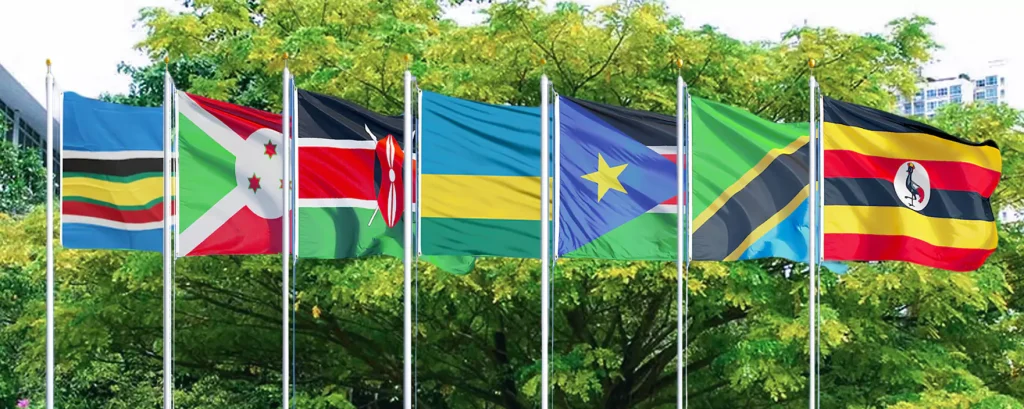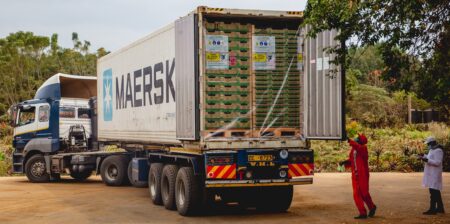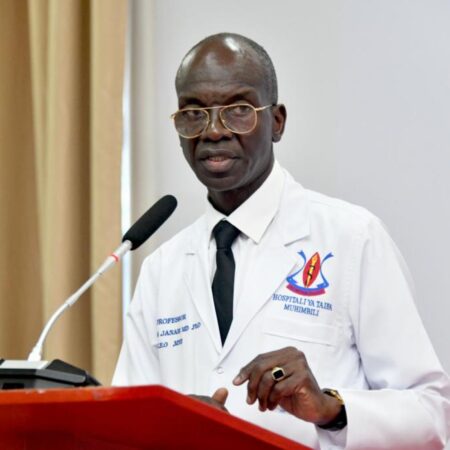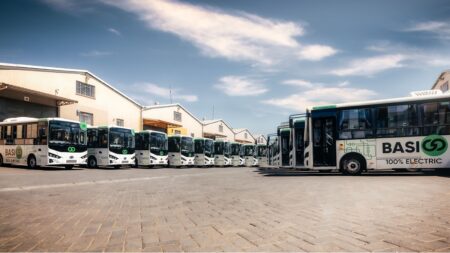- The seven states of the East African Community could be examining the potential of overlooking these boundaries and forming one big federal union, the East African Federation!
- The proposed capital city is Arusha, Tanzania, which is the current headquarters of the East African Community. Among the languages official languages suggested in the region will be English and Swahili
- The gross domestic product for the region will sum up to US$250 billion, the fourth-largest in Africa and the 34th biggest globally
For the last 60 years, Africa has been bound by artificial boundaries that their colonizers placed to tell the extent of a country to another.
On one side, these boundaries have helped maintain sovereignty, but on the other side, they have restricted the free movement of people, goods and services, consequently restricting trade.
Why the EAC wants to create the Federal Republic of East Africa
The seven states of the East African Community could be examining the potential of overlooking these boundaries and forming one big federal union, the East African Federation! Could this manifest in reality, or is one imagination gone too far?
The East African federation is a proposed sovereign country composed of seven sovereign states; Tanzania, Kenya, Rwanda, Burundi, Uganda, South Sudan and the Democratic Republic of Congo.
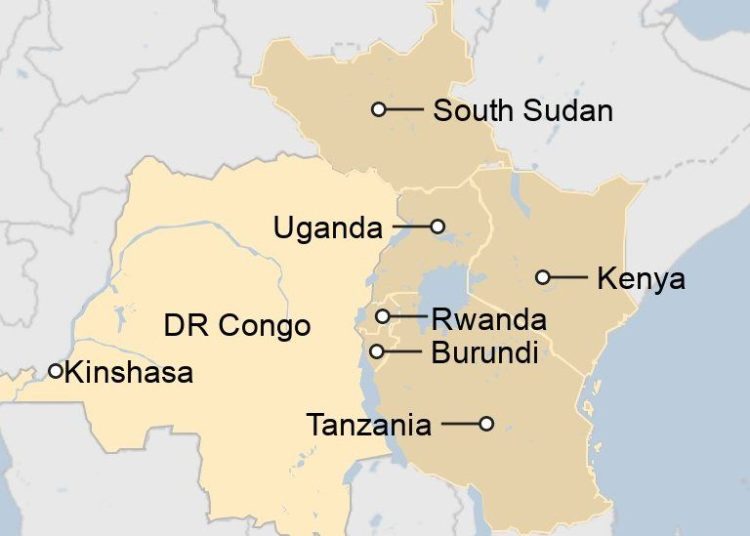
With the recent addition of the DRC to the East African region, landlocked countries have found an alternative port of entry in the Atlantic Ocean. The swiftness of trade with two ports of entry and the region’s strategic location will be incomparable to any other region on the continent.
Features of the East African Federation
The East African Federation would be the fourth largest country in both population and landmass, trailing after China, India and the United States. President Uhuru Kenyatta says that the federation would have over 300 million people.
The gross domestic product for the region will sum up to US$250 billion, the fourth-largest in Africa and the 34th biggest globally. Since the beginning of the last decade, East Africa has had the fastest growing economy globally. In 2019, the region’s economy grew by about 5 per cent. If the federation continues with this growth rate, the new country would quickly become the biggest superpower in Africa.
The EAF would become Africa’s largest superpower precisely because of the weaker nations surrounding the region. Among the languages official languages suggested in the region will be English and Swahili.
The proposed capital city is Arusha, Tanzania, which is the current headquarters of the East African Community. The proposed inclusive currency will be the East African shilling which has been debated as a common currency in the region for the last ten years.
Read: DRC and EAC: Who stands to gain more from the pact?
The formation of the EAF would be the biggest border change globally since the fall of the Soviet Union.
The creation of this federation is a possible reality considering the exceptional growth and unity in the current East African Community, which came into existence in 1999 with a treaty signed by Kenya, Uganda and Tanzania. Upon its creation, EAC had four action plans:
- A Custom Union agreement.
- Creation of a common market.
- Realization of a single currency area.
- Formation of a political federation.
In 2007, Rwanda and Burundi joined the region, and the five states created a common market that has helped by a considerable margin to reduce food insecurity in the region.
The free movement of people, goods and services has boosted trade and strengthened people to people ties, enabling the community to harness the strength of each member state for the benefit of all.
The organs already set up include the East African Court of Justice, the East African Legislative Assembly, and sectoral committees on trade, finance, agriculture, defence, infrastructure, security, and education, among others.
What is slowing down the formation of the East African Federation?
However, the common market objective has experienced several hurdles as, quite often, the countries in the region have highly taxed goods from their neighbours to protect their local markets. For example, Kenya has locked Ugandan timber, milk, sugar and maize to protect its farmers.
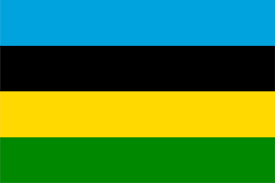
Harmonizing fiscal and monetary policies in the seven countries to converge the currencies in East Africa into one is problematic for two reasons;
- Each country in the region has its currency
- Each currency continues to experience wildly fluctuating exchange rates
Another heavily weighted situation is whether the East African Community members will accept their loss of sovereignty and transition to a single nation. How will the leadership dynamics be distributed?
Read: DRC boosts EAC’s population to 0.3 billion people





